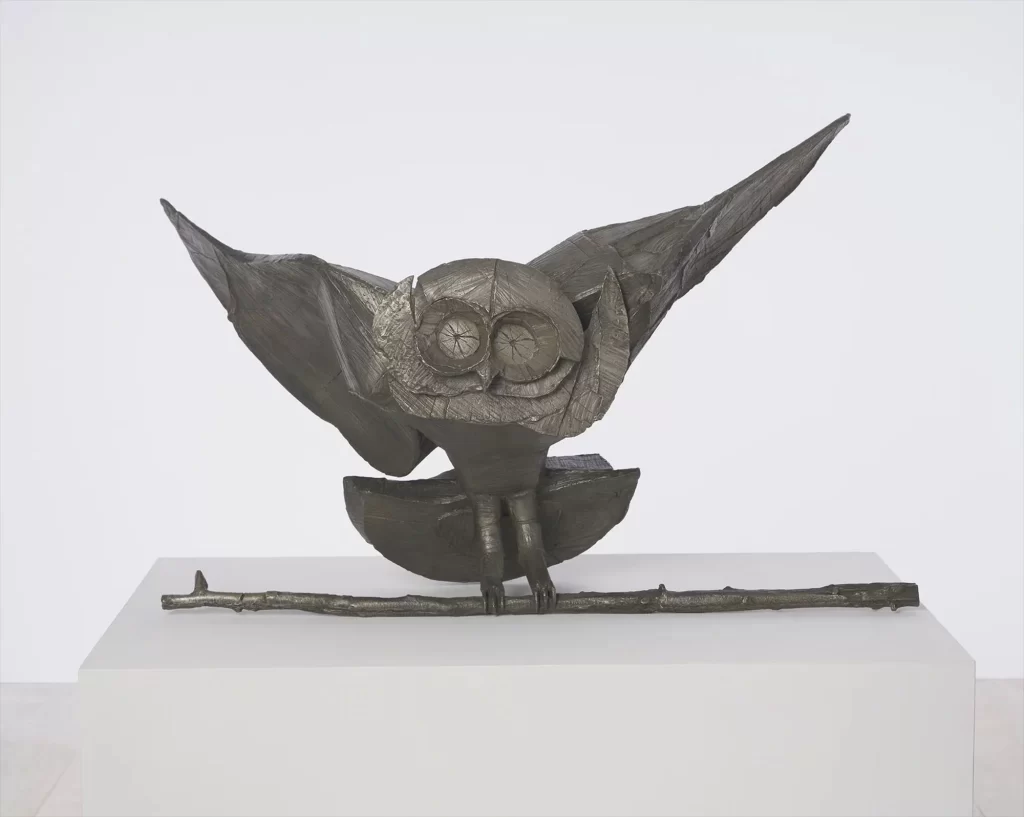Abhishek Kumar
JANUARY 18, ON THIS DAY
“Some people think or expect that you should make the same kinds of art forever because it creates a convenient narrative… I want my work to embody my inherent contradictions.”
Kiki Smith

Kiki Smith is a renowned contemporary artist best known for her work in minimalism. She is highly regarded for her work in exploring the human form and has become a major figure in the art world. Smith’s work often features the body as well as nature and spirituality, and her works often evoke a sense of mystery and ambiguity. Smith’s works explore a variety of themes including gender, identity, and mortality. Her art is often politically charged, and she is considered to be a prominent voice in contemporary art.

Smith was born on January 18, 1954 in Nuremberg, Germany, to American parents, but spent her childhood in New Jersey and Pennsylvania. she attended the Pratt Institute in Brooklyn where she studied art and sculpture. After graduating, Smith moved to New York City and got involved in the downtown art scene. She was part of the Colab group, a collective that was involved in many radical and avant-garde art projects. During the 1980s, Smith began to explore themes such as gender, identity, and mortality in her art. She created sculptures, prints, and installations that often featured the human body. Smith often used unconventional materials such as wax, fabric, and plastic to create her work. Her art was often seen as a commentary on the human condition, and it was often highly political.
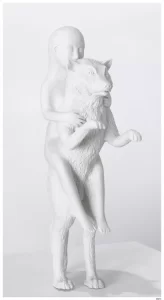
In terms of minimalism, Smith’s work is often considered to be highly successful in conveying her intended message, which is one of simplicity and subtlety. Smith’s work has been praised for its aesthetically pleasing minimalist style, which has been praised for its ability to capture the essence of the subject matter. Smith’s minimalism is also often praised for its ability to communicate emotion and evoke a sense of mystery and awe. Smith’s minimalism has been described as a “meditation on the beauty of the human form”, and her works have been praised for their ability to convey the innermost feelings and thoughts of the subject. Smith’s minimalism has also been praised for its ability to capture a sense of the sublime and evoke a spiritual connection between the viewer and the artwork.

Smith’s minimalist aesthetic is rooted in a fascination with the human body and its relationship to the natural world. Her work often explores themes of mortality, vulnerability, and the human condition. Smith’s work is marked by a desire to reduce her art to its most basic elements, stripping away all but the essential forms. By doing so, she is able to evoke powerful emotional responses in viewers. This minimalist approach to art has become increasingly popular in recent years, and Smith is widely credited with helping to popularize the aesthetic. Her works are often referred to as “psychological self-portraits” that reveal her inner thoughts and feelings. Smith’s work is often inspired by nature, and she often utilizes materials such as glass, paper, fabric, and metals to create her artworks. Smith’s work has been described as both visually and emotionally powerful, and her minimalist aesthetic has been highly influential in the art world.
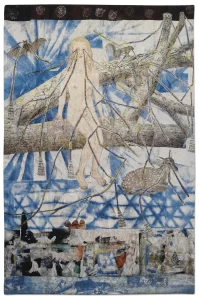
Smith’s work has been shaped by her use of natural and organic materials, such as wood, paper, and cloth, as well as her use of minimalistic forms and abstract shapes. Smith’s minimalist works often feature simplified figures that are often abstracted, distorted, and fragmented. Smith’s minimalist aesthetic is further emphasized by her use of minimalistic color palettes, which often feature muted tones and earthy hues. Smith’s minimalism also extends to her exploration of the body and nature, which is often presented in a non-linear, non-representational manner. Overall, Smith’s minimalist aesthetics allow her to explore a range of complex topics with poise and elegance.
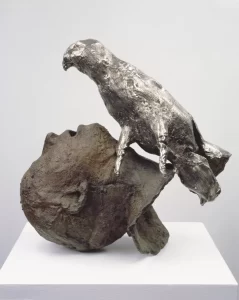
Throughout her career, Smith has received numerous awards and accolades. In 2005, she was awarded the National Medal of Arts, and in 2013 she was awarded the Dorothy and Lillian Gish Prize, one of the highest awards for artists in the United States. Smith has also had her work exhibited in major museums around the world, including the Museum of Modern Art in New York and the Tate Modern in London. Kiki Smith’s legacy will continue to live on through her art. Her work has had an immense impact on the art world, and she has inspired countless other artists. Her work is a testament to the power of art to challenge and inspire us, and it will continue to touch the lives of people around the world.
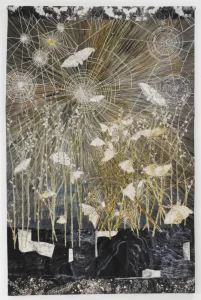
Sources:
- https://ocula.com/advisory/picks/kiki-smith-pace-gallery/
- https://www.theartstory.org/artist/smith-kiki/
- https://www.artsy.net/article/artsy-editorial-inside-magical-relentlessly-creative-beloved-artist-kiki-smith
- https://en.wikipedia.org/wiki/Kiki_Smith

